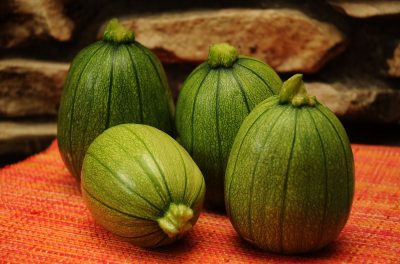How can I deal with weeds in dead grass around my trees?
Thanks to Diane Salazar for this great question and picture! She tells us that the home was vacant over a year and a half before they purchased it, so the yard is really out of shape.
Well, the best place to start is the soil. If the landscape has not been irrigated since the house was vacated so long ago, the soil is going to be very compacted. So you should plan to rent the proper equipment, or hire someone to aerate.
Then, put the landscape back on a regular irrigation schedule. Even watering just once a month, if we aren’t getting any rain, will go a long way toward keeping your soil from drying out completely and shrinking in on itself. Compacted soil is like rock to a plant’s roots, so growth is really inhibited. But aeration will create nice little holes where irrigation water and oxygen can move into the soil more easily, helping to soften it up.
As for the weeds, keep pulling them, as you say you’ve already started, and use mulch around any established trees and shrubs, or any plants that you intend to keep.
Diane wanted to know about putting down newspaper under the mulch, and yes, that’s a great idea. Mulching alone does help to inhibit weed growth, but really only works if the weed seeds haven’t yet germinated. Once the seedling emerges, the plant usually has plenty of stored carbohydrates to push up through your mulch, reach the sun, and grow by leaps and bounds overnight. A layer of newspaper, one section or 6 to 10 pages will usually do the trick. The newspaper barrier is a little harder for weeds to push through, although not impossible. Be sure to moisten the newspaper before you put the mulch on top of it. If we get lucky and get a hard rain soon, your mulch will wash right off of the dry newspaper in a little avalanche. You can also use cardboard, too, but again, water it down before covering with compost and mulch.

 Meredith Thomas
Meredith Thomas Pam Penick
Pam Penick Daphne Richards
Daphne Richards